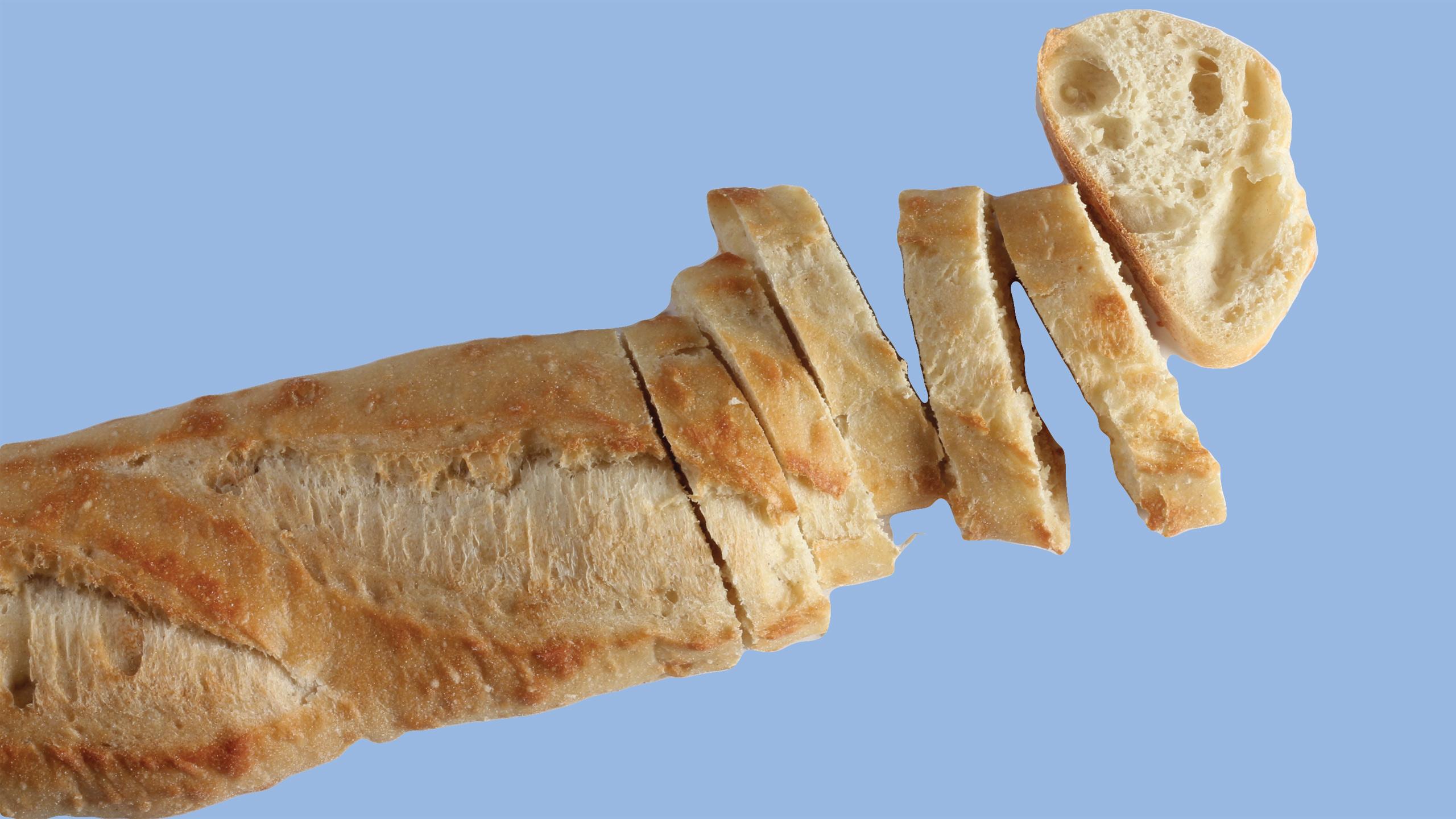By Kourtney Meldrum
Everyone remembers learning about some version of Canada’s Food Guide (a pyramid, a rainbow, etc.), but few people actually consult it when making food choices in their daily lives.
This can be especially true for university students who survive off cereal and ramen noodles—not a picture perfect diet. The last concern on any student’s mind is whether or not they got enough grain servings that day when they have an exam coming up.
“It’s hard when you’re a student. You never sleep and you never have time to eat a proper meal, so I think it’s hard for students to follow this 100 per cent and be diligent with it,” said Angela Gatti, a third-year English student at Ryerson.
The guide itself hasn’t seen major changes since 2007, and that came 25 years after the last adjustments were made. But now it’s scheduled for an overdue revamp that will debut in 2018, creating speculation among students ahead of the upcoming changes.
The simple guide is at the centre of much controversy over the years. Nutritionists and activists have argued about what makes up the chart and have recommended ideas for a daily intake. Beyond being stressed out, there are other situations that can make hitting those serving guidelines even harder.
Emma Jedan, a first-year social work student at Ryerson, is vegan and lives at Parkside Student Residence near campus.
The current guide breaks food down into four sections: vegetables and fruit, grain products, milk and alternatives, and meat and alternatives. Within these sections, there are daily recommendations for servings depending on your age and gender.
Jedan finds living off of a food plan makes it difficult to stick to any of these guidelines. Being vegan makes it impossible.
“For example, today, literally the only vegan things [Parkside] had were broccoli, sweet potato fries and soup,” she said.
Although it hasn’t been confirmed by Health Canada, the overhaul on the guide is rumoured to create less of a focus on meats and dairy, possibly even eliminating dairy as a group.
The new guide is also supposed to take into consideration environmental effects, new known health risks, and the importance of eating local. But one problem that still exists is whether the food guide sets unrealistic expectations for what everyday university students should be eating (and are able to afford).
“There might need to be more than one version of it,” said Craig Pacheco, a former Ryerson nutrition student. “I hope [the new version] includes more foods that are realistic to people in terms of cultural backgrounds.”
A diet that Adam would recommend is the Brazilian Food Guide, which focuses less on nutrients in your diet, and more on the environment you’re in, as well as eating meals with others, and focusing on fresh homemade solutions. This is something Canada could be aiming to transform its guide into—diverse needs and diets for a diverse country.
Gatti said that most mornings she’ll miss breakfast because she’s rushing for the train. If she doesn’t have time to pack lunch, she won’t eat until dinner.
“How can you eat eight servings of vegetables or seven grains in one day? I don’t think that’s realistic,” she said.
With a strong emphasis on homecooked food, maybe students can be convinced to shift their focus away from just filling nutrient quotas and more towards spending time working on their diet and making wholesome food.
Let me leave you with some food for thought: is the real question of Canada’s Food Guide on its lack of inclusivity of all diets? Or is it how realistic it is for students to follow it and the state of nutrition of university students, and the seeming disregard for what they put in their bodies to fuel themselves? Munch on that.










Jennifer
Canada does not have a food pyramid, please check facts .